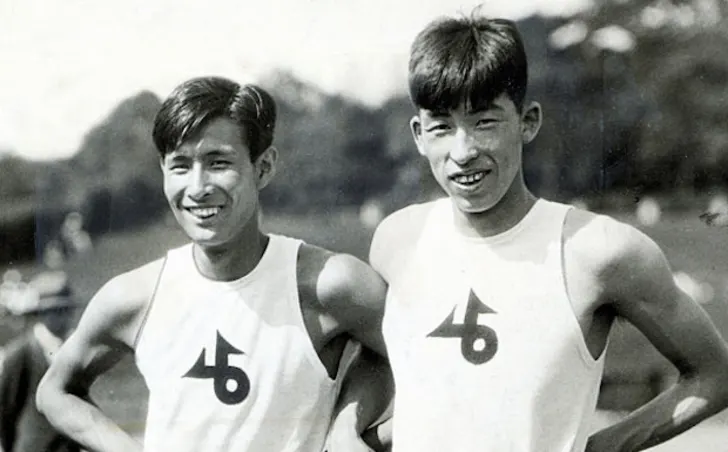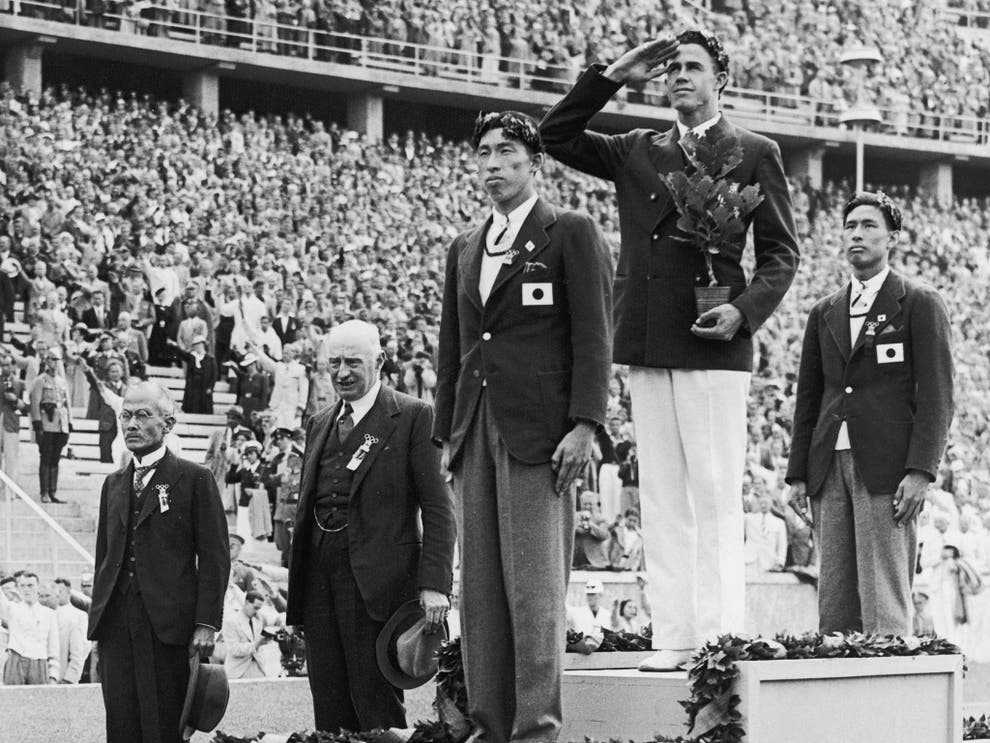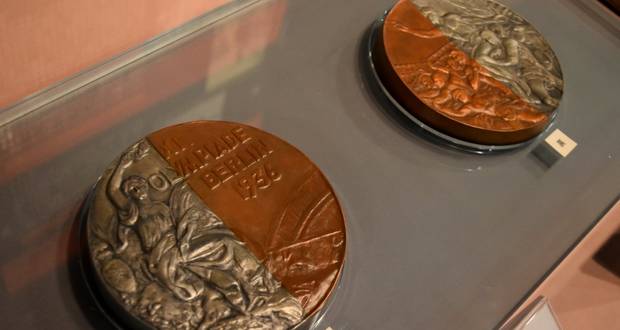
(Courtesy: Getty Images)
The scene is set at the 1936 Olympic Games in Berlin. At the Pole vault event, five participants qualified for the finals. Earle Meadows jumped a record-breaking 4.35 meters which none of the other competitors could match. He went on to claim gold. Of the remaining four, only two competitors managed to clear 4.25. They were fellow compatriots from Japan, Shuei Nishida and Sueo Oe. Both were students at Japanese universities and good friends.

Out of respect for each other, they did not want to compete against each other and requested if their medals could be shared. The Olympic officials refused citing rules that only one person can win silver and the other had to take bronze. The officials called the Japanese delegation and told them to make a decision as to who would win which medal. The delegation brainstormed and came up with the decision that Shuei Nishida would take the silver medal as he took fewer attempts to cross 4.25 meters. Both the participants were dissatisfied but unwillingly accepted the decision.

Upon returning to Japan, they decided to take matters into their own hands. Both took their respective silver and bronze medals to a blacksmith with an unusual request. They asked him to cut the two medals in half and fuse them together. This way, each medal had half silver and half bronze. They were famously termed the ‘Medals of Friendship’. This was an amazing display of respect for each other.

